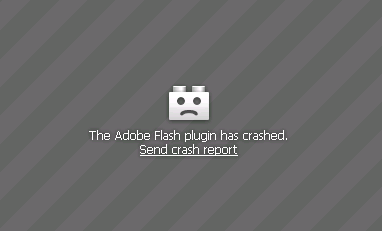Keynote (RIA Unleashed: Boston 2010)
Keynote by Ryan Stewart and Terry Ryan
Flash has seen a rise in competition: Silverlight, Java FX, JS/HTML
Flash adoption is getting faster. To get penetration from 0 - 80%
- Flash Player 8 = 12 months
- Flash Player 9 = 11 months
- Flash Player 10 = 6 months
- Flash Player 10.1 = 74% in 3 months
Flash is showing up on more and different devices every day. Truly becoming a multiscreen platform. All walks of technology want Flash.
Flash is responding with device centric features like: accelerometers, GPS, multi-touch, and virtual keyboards.
Adobe is enabling you to use your Flash skills while tailoring the experience to use each devices unique capabilities.
Flash focusing on performance enhancements like: optimized garbage collection, JIT improvements, audio/video hardware acceleration, and AS2 optimizations.
Important to remember that content written for desktop won't run out of the box on the TV or mobile. Currently can target mobile using Flash in the browser or writing native applications.
Flash showcase for mobile at http://m.flash.com/.
Flash 10.1 is currently on 2 million devices and should be on 10 million by the end of the year.
Juniper Research says the mobile application market will be worth $25 billion in 5 years.
Blackberry is a whole new idea because native development is done in AIR, default applications are all AIR, and AIR runs the UI.
For multiscreen development, write once run anywhere isn't the case. Need to make changes based on UI and device.
Flash CS5 has added templates and packages for Android and iOS.
Flash Builder Burrito includes templates for Android, Flex mobile components, deployment and package tools, and on device debugging (deployments are over USB and debugging is over Wifi).
For front end development, Flex SDK "Hero" adds a mobile framework with views and view navigator and mobile optimized components, while Flex Builder "Burrito" adds mobile projects, debugging for mobile, publishing for mobile, and multiscreen testing.
For back end development, ColdFusion 9 gives you ORM, CFScript, and Flash Remoting, while ColdFusion Builder has extensions, and an IDE that works great.
ColdFusion Builder Storm gives you: code editing with better code folding, better code assist, better code formatting (with customizable preferences), better search, and better find and replace, while the new extensions offers more server data, extensions in views (instead of modal boxes), extensions code assist, and extensions custom keys.
Flash is making is easier to create games with native game controller support and new 3D APIs (code name Molehill) that can target DirectX and OpenGL to fully render on the GPU.
Multimedia improvements for Flash include StageVideo which is a new way to display video that offloads entirely to GPU which cuts down on CPU usage and battery drain.
Message of the day: It is a great time to be a Flash Developer!

